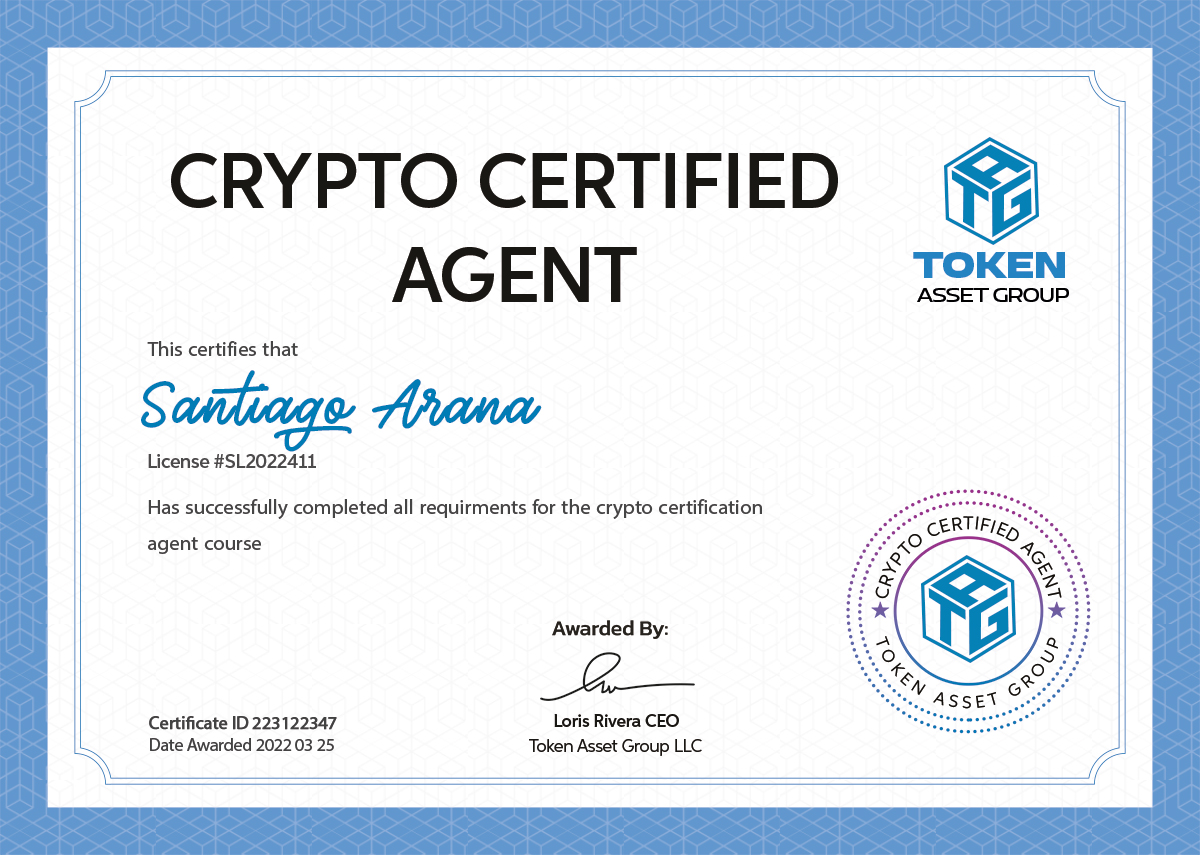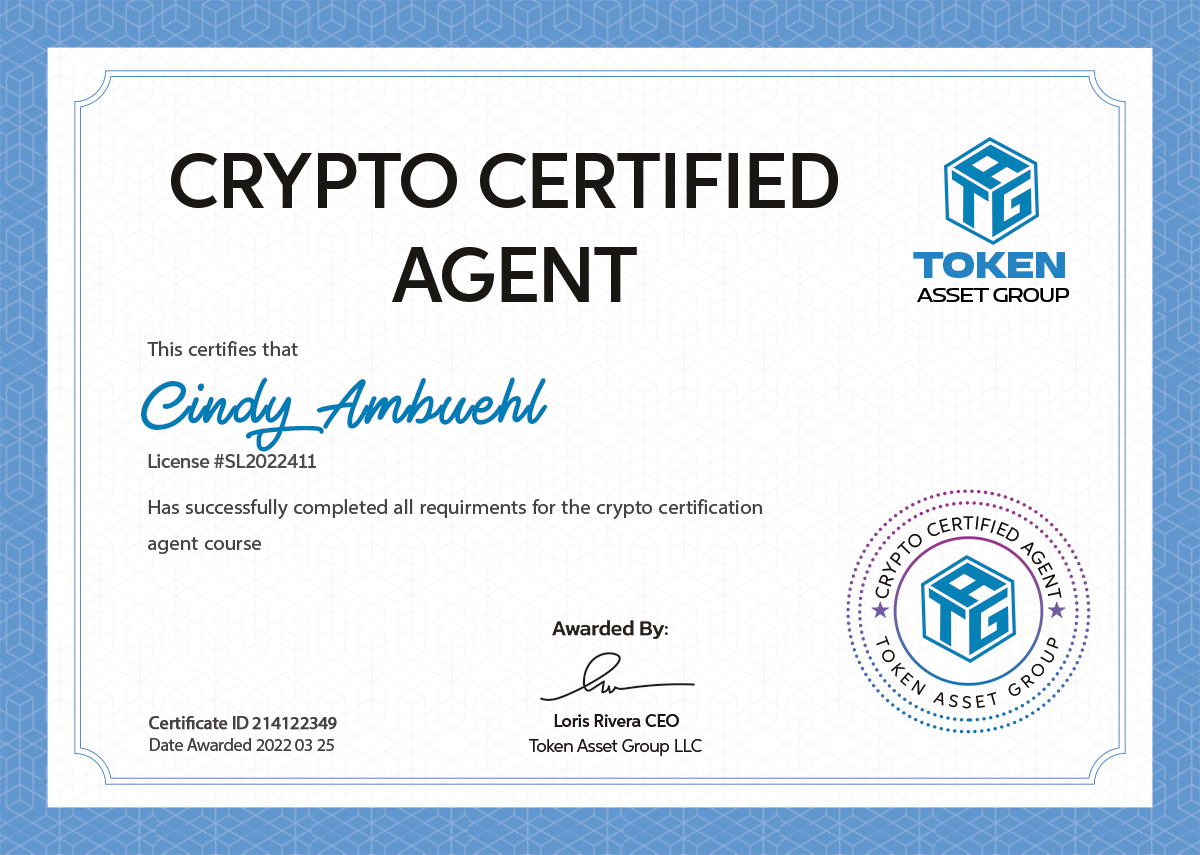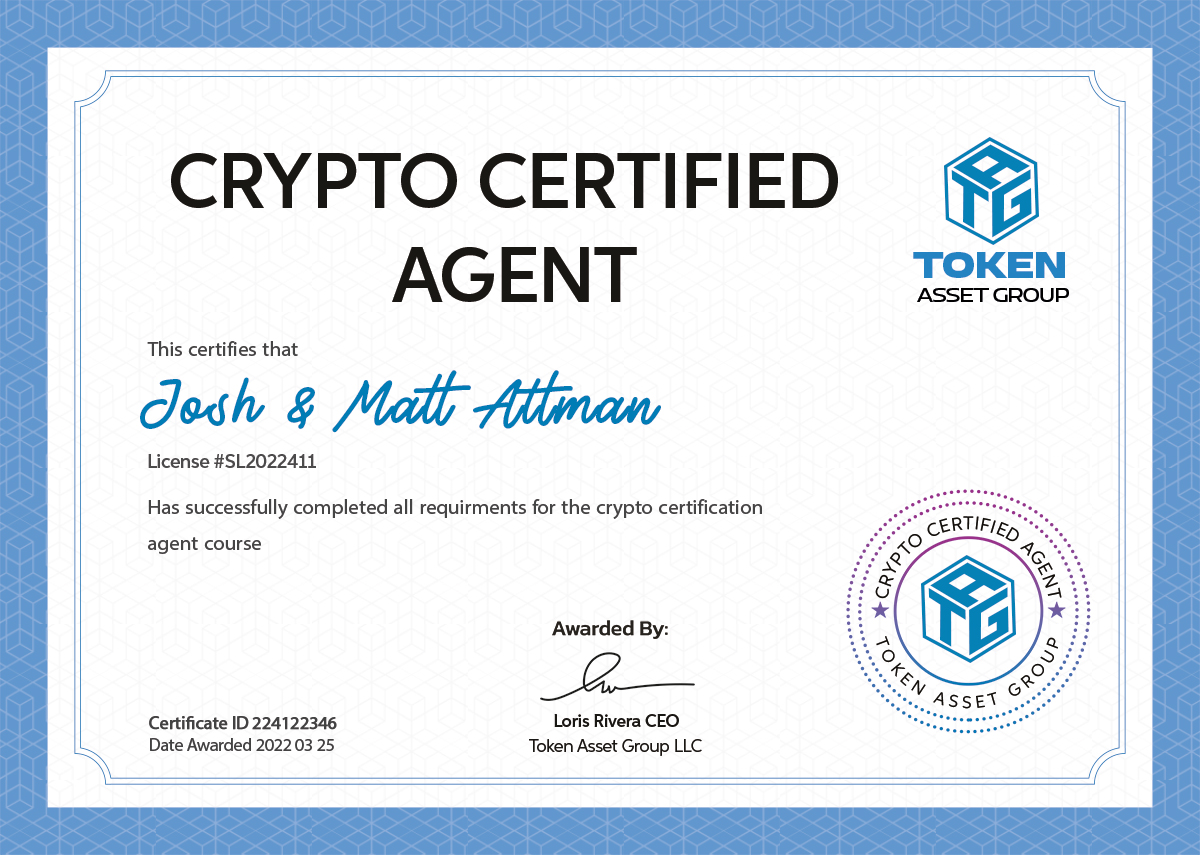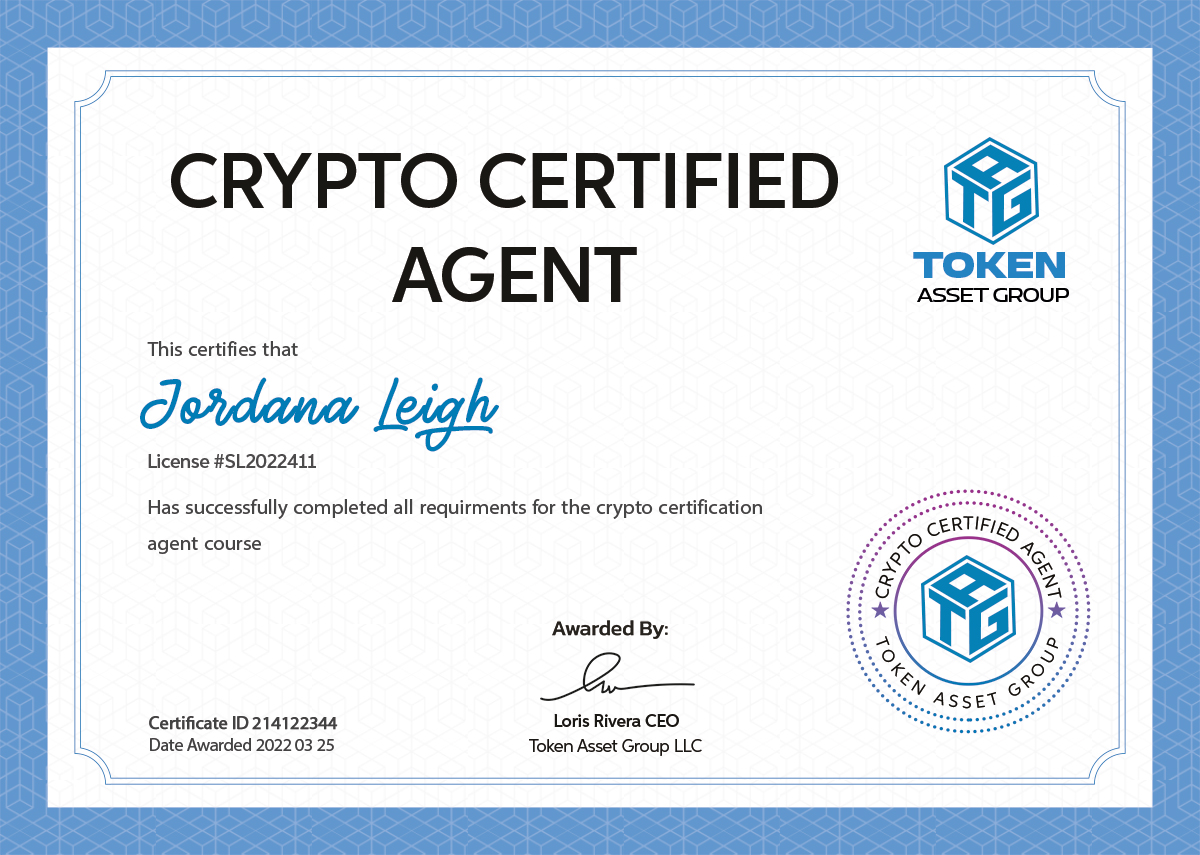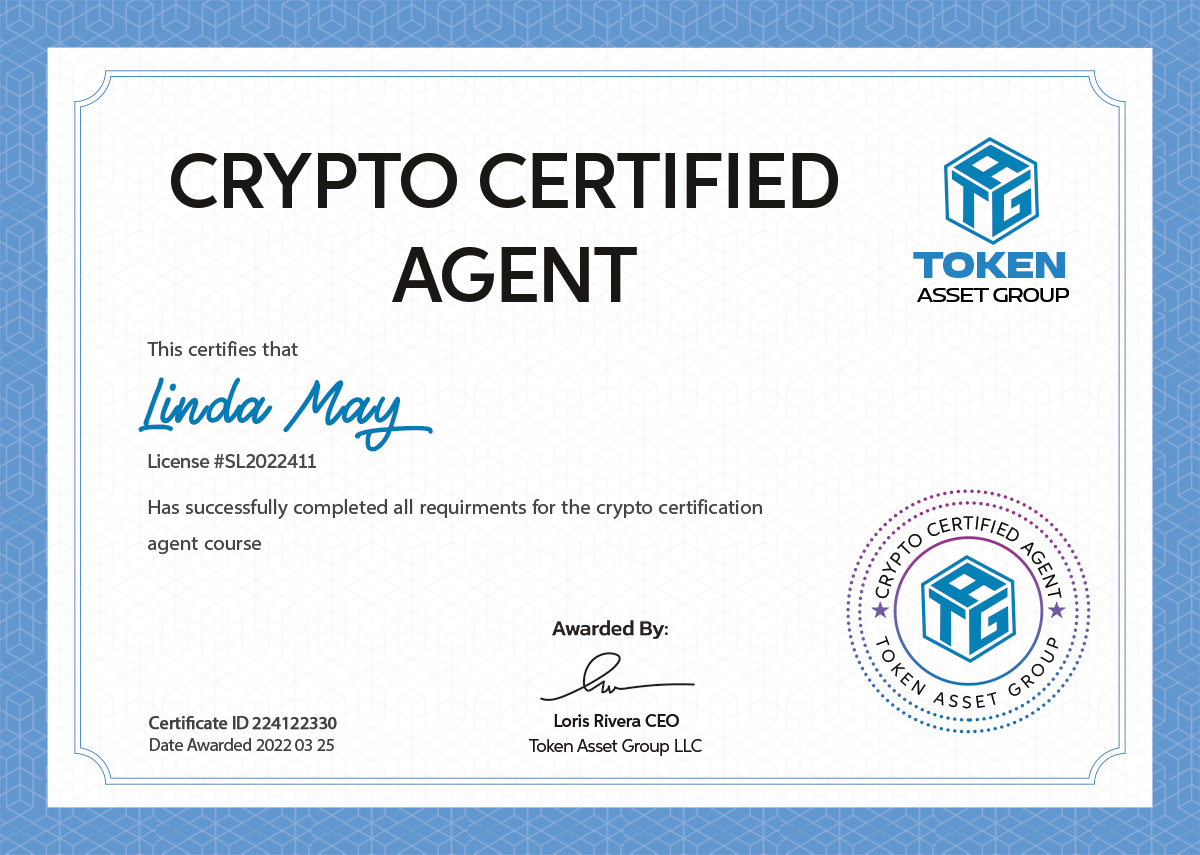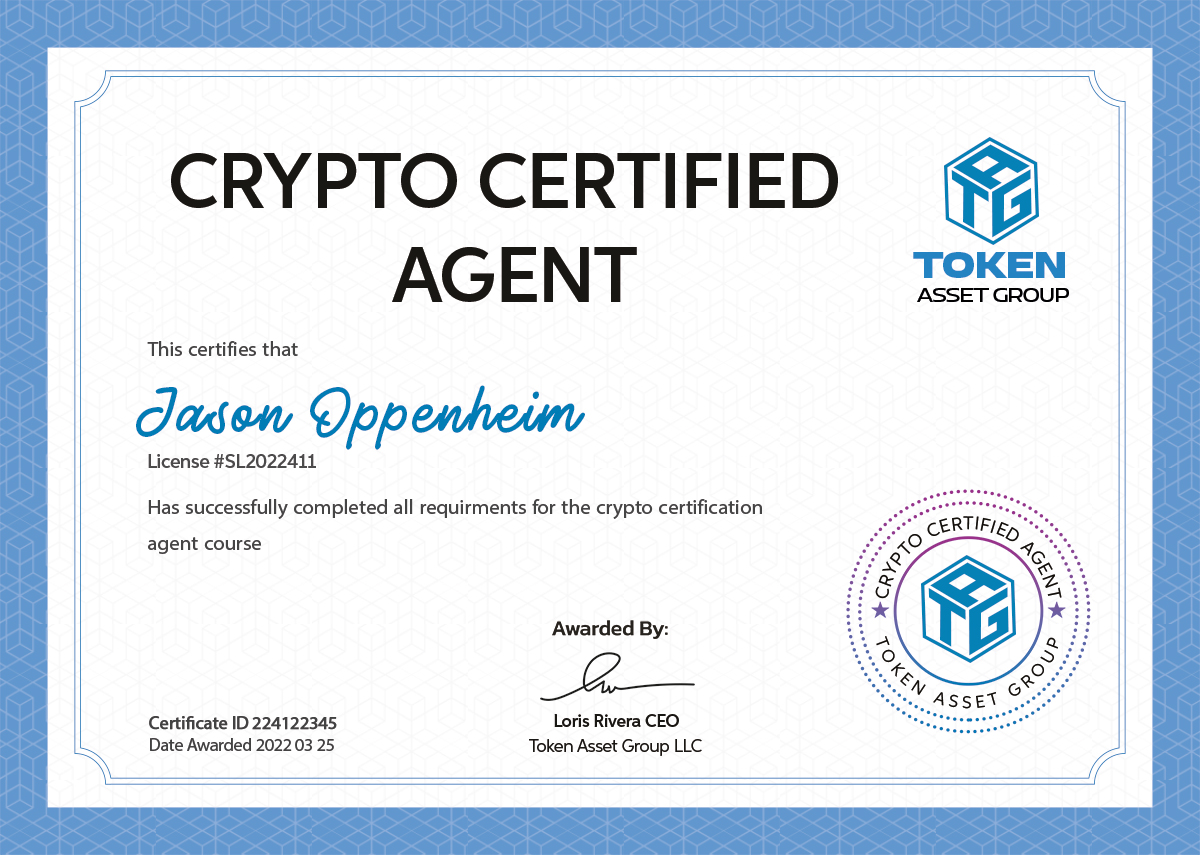How Does it Work?
While there are different forms of real estate tokenization, the focus of this article is on the tokenization of interests in real estate funds or single asset syndications. In a typical real estate syndication, investors purchase equity in a limited liability company or limited partnership that owns an underlying property. In this context, tokenization refers to the representation of such LLC or LP interests in the form of tokens that can be custodied directly by investors and traded or used as collateral in smart contracts.
Much like a traditional fund offering, the issuer must first make some basic decisions about the offering, such as what type of security is being offered and what exemption(s) to registration will be relied on, taking into account such factors as the total number of investors, the location of investors, whether investors should be accredited and also whether public solicitation is desired. Issuers will also need to prepare customary offering documents, including operating agreements, subscription agreements, a private placement memorandum and appropriate risk factors for the specific investment being offered, and make appropriate SEC and/or state filings.
So, given that so far a lot looks similar to a traditional offering, what’s different? Issuers will have to make a few more decisions and consider some tweaks to their normal deal terms. For starters, given that tokens will exist on a blockchain, issuers must first decide which blockchain will be used taking into consideration issues like transaction fees, security, and scalability. In addition, many tokenized offerings give investors the option of investing with cryptocurrencies such as Bitcoin or ETH. Doing so may be attractive to investors, but raises the issue of how to deal with conversion and escrow of funds in a deal that will ultimately need US dollars to purchase and operate the real estate.
Once the offering details are finalized, issuers will issue tokens representing the rights of securities holders. These tokens typically include built-in compliance features, such as appropriate restrictions on transfers and secondary trading. The offerings must still comply with applicable KYC requirements, and take appropriate measures to protect user data. Lastly, consideration should be given to mechanisms for payment of distributable cash, which can, for example, be made using stablecoins (i.e. coins pegged to the US dollar), as well as appropriate reporting requirements to make future valuation of tokens possible.
At present, the dominant form of tokenization relies on the Ethereum platform through the issuance of ERC-20 tokens, or non-fungible token interfaces, such as ERC-721 or more recently, ERC-1155 token. As noted, tokens can further be programmed to address compliance issues, such as limiting transfers during a lockout period or limiting transfers to whitelisted wallets that have passed applicable screening requirements. Issuers have the option of developing their own tokens or utilizing the services of an increasing number of crowdfunding platforms, NFT platforms, and even transfer agents that support the issuance of tokenized offerings on behalf of issuers.


